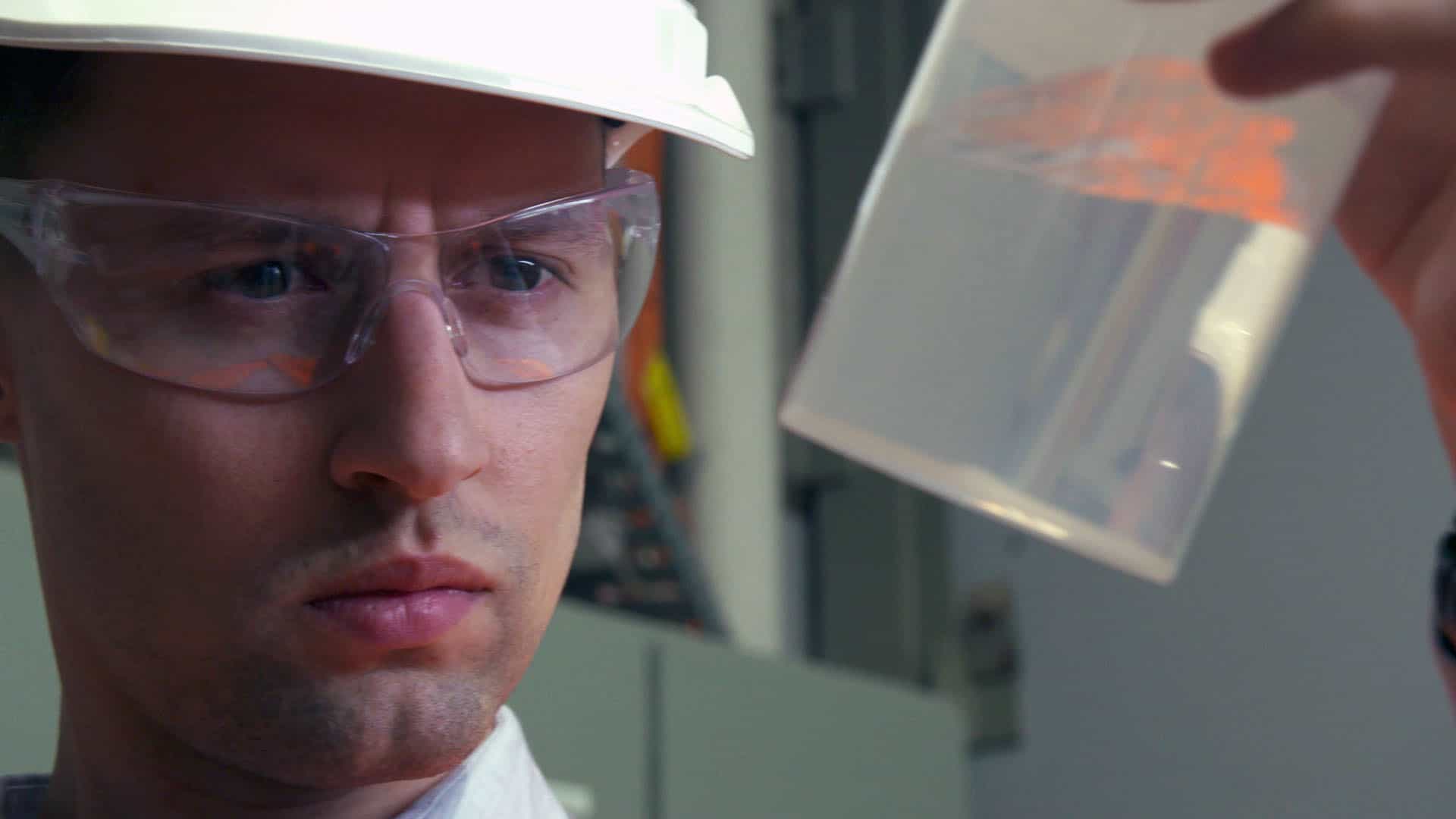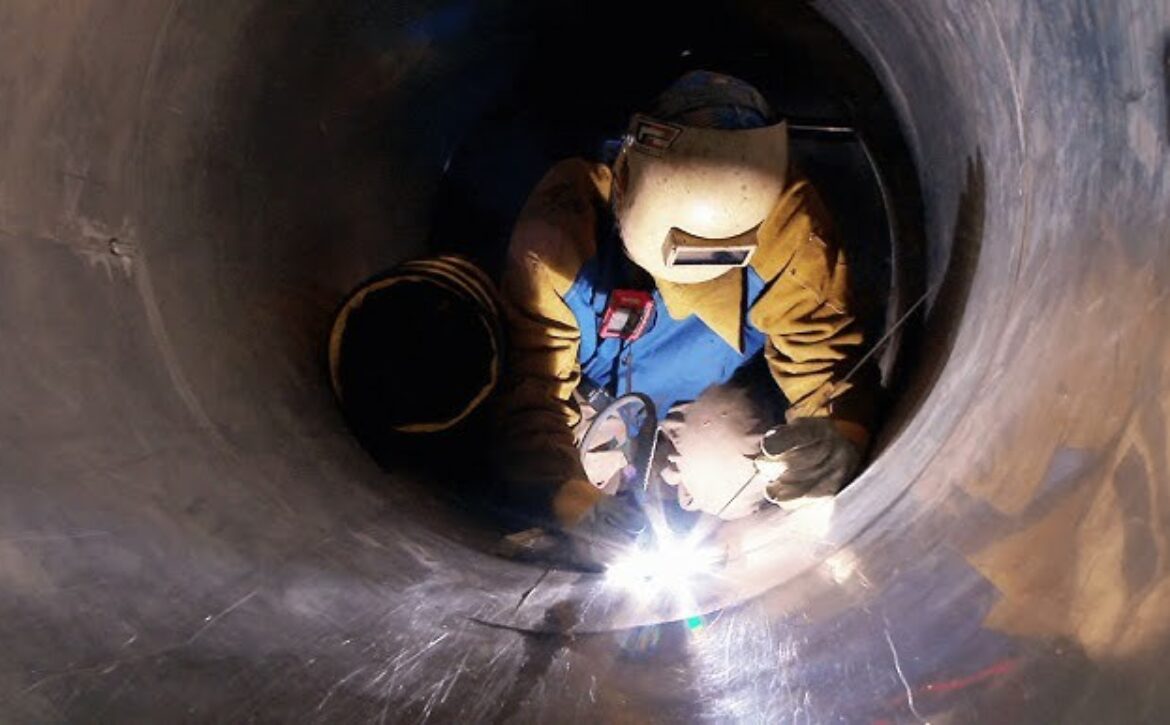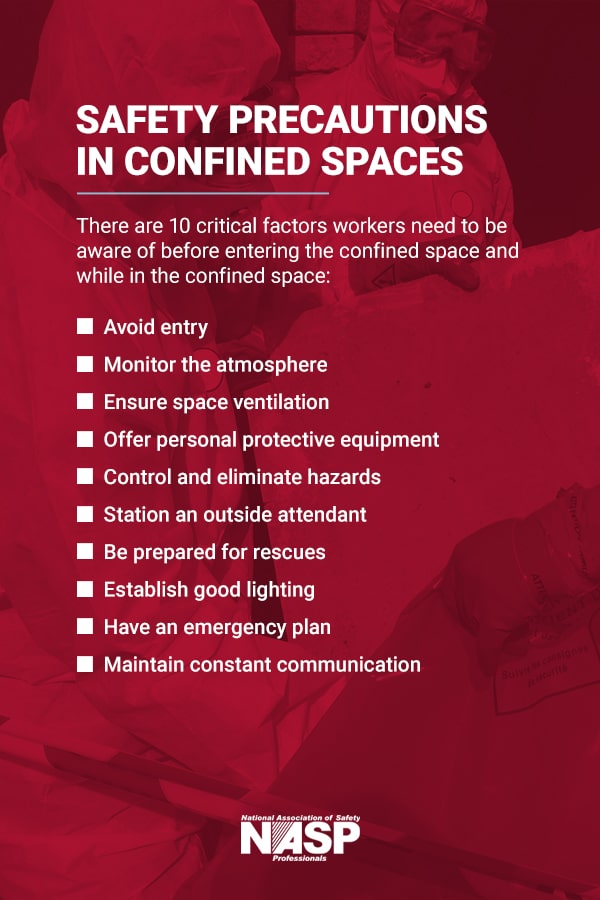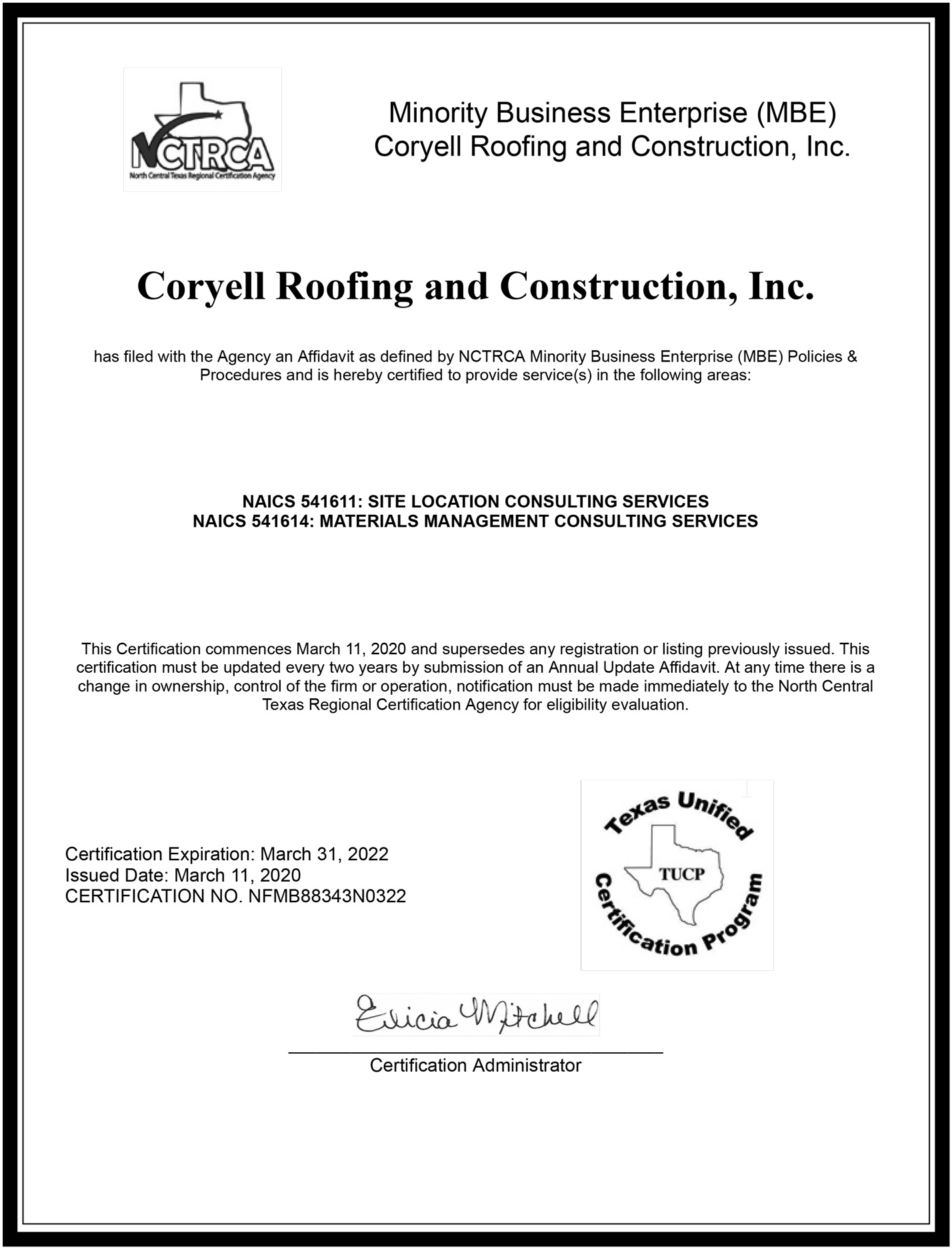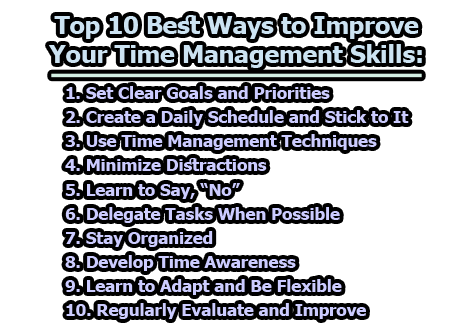How to Become a Award in Awareness of Dementia: Expert Guide
Are you passionate about making a difference in the lives of those affected by dementia? Imagine being recognized as a leading advocate in raising awareness for this crucial cause.
It’s not just about understanding dementia; it’s about becoming a beacon of hope and knowledge for others. You have the power to change perceptions, educate communities, and support families dealing with this challenging condition. You’ll discover actionable steps to earn recognition and become an award-winning figure in dementia awareness.
Ready to transform your passion into impactful action? Let’s dive in and explore how you can achieve this meaningful goal.
Understanding Dementia
Learning about dementia can lead to becoming an award in awareness. Courses offer insights into symptoms and care techniques. Understanding memory loss helps improve the lives of those affected, fostering empathy and support.
Understanding dementia is a crucial step if you’re looking to make a meaningful impact in the lives of those affected by it. Dementia is more than just memory loss; it’s a complex condition that impacts thinking, behavior, and the ability to perform everyday tasks. By getting to know the different aspects of dementia, you can become a more effective advocate or caregiver, enhancing the quality of life for those you support.
Types Of Dementia
Dementia isn’t a single disorder but rather a collection of symptoms that can arise from different diseases. Alzheimer’s disease is the most common type, responsible for about 60-80% of cases. Other types include vascular dementia, which results from reduced blood flow to the brain, and Lewy body dementia, marked by abnormal protein deposits. Each type has its unique challenges, and understanding them can help tailor your approach. What type of dementia have you encountered, and how did it affect your interactions?
Symptoms And Progression
Symptoms of dementia can vary widely. Early signs might include subtle memory lapses, difficulty finding the right words, or losing track of time. As dementia progresses, these symptoms become more pronounced, affecting relationships and independence. Imagine suddenly forgetting a loved one’s name—that’s the reality for many. Awareness of these symptoms can help you provide timely support and seek medical advice when needed. Dementia progresses at different rates for different people. Some may experience rapid changes, while others might live with mild symptoms for years. The key is to remain observant and adaptable. Have you noticed a loved one becoming more forgetful or struggling with tasks they once managed easily? Recognizing these signs early can make a significant difference in their care journey.
Importance Of Dementia Awareness
Dementia awareness is crucial in today’s society. Understanding this condition can transform the lives of those affected and the community around them. As you delve into the world of dementia, you open up opportunities to support individuals and foster a compassionate environment.
Impact On Individuals
Imagine your grandmother struggling to remember her favorite song. Dementia steals precious memories, leaving confusion and frustration in its wake. Awareness helps you empathize, offering patience and understanding.
Knowledge empowers you to recognize early signs, ensuring timely medical assistance. Simple gestures like a smile or a comforting word can make a world of difference. How would your actions change if you knew what someone was going through?
Societal Benefits
When a community is aware of dementia, it becomes a more inclusive place. Businesses can adapt their services to meet the needs of those with cognitive impairments. This creates a supportive environment where everyone can thrive.
Awareness drives research funding and policy changes, paving the way for advancements in treatment and care. You contribute to a brighter future by advocating for better resources. What kind of society do you want to build?
As you expand your understanding of dementia, consider the impact your actions can have. Awareness is not just about knowing; it’s about making meaningful changes in the lives of individuals and communities. Embrace the journey of learning, and see the difference you can make.
Pathway To Certification
The journey to becoming certified in awareness of dementia is both rewarding and enriching. This certification not only enhances your professional capabilities but also empowers you to make a real difference in people’s lives. As you embark on this pathway, you’ll discover opportunities to learn, grow, and contribute meaningfully to the dementia community.
Eligibility Criteria
Before you begin, it’s essential to know if you qualify for certification. Typically, you need a background in healthcare or social work, but don’t let that deter you if you’re passionate about dementia care. Some programs welcome volunteers and caregivers who have firsthand experience. Check specific program requirements, as they may vary. Meeting eligibility criteria opens the door to training that transforms your understanding of dementia.
Training Programs
Training programs are the heart of your certification journey. Look for programs that offer a mix of theoretical knowledge and practical skills. Many courses provide interactive elements like workshops and simulations that mimic real-world scenarios. You might find yourself in a session role-playing as a caregiver, which can be unexpectedly insightful.
Consider programs with flexible learning options. Online courses allow you to manage your time and balance your responsibilities. Traditional classroom settings offer direct interaction with experts and peers. Ask yourself, how do you learn best? Your answer will guide you to the right program.
Certification in dementia awareness is not just a credential; it’s a commitment to enhancing the lives of those affected by dementia. Are you ready to take this impactful step?
Skills And Knowledge Required
Understanding dementia requires a unique set of skills and knowledge. It’s more than just memorizing facts; it’s about connecting with people in meaningful ways. As you aim to become an award in awareness of dementia, certain abilities will set you apart. These skills are essential for effectively communicating and empathizing with those living with dementia.
Communication Skills
Effective communication is vital in dementia awareness. You need to express yourself clearly while being patient and attentive. Speak slowly, using simple words and short sentences. This makes it easier for people with dementia to follow along.
Listening actively is equally important. Pay attention to verbal cues and body language. Show that you understand by nodding or responding thoughtfully. This helps build trust and encourages open dialogue.
Remember, communication isn’t just about words. Sometimes a gentle touch or a warm smile can convey more than any sentence. These non-verbal gestures can make people feel valued and understood.
Emotional Intelligence
Emotional intelligence allows you to empathize deeply with others. Being aware of your own emotions helps you stay calm and composed. This is crucial when dealing with challenging situations.
Recognizing emotions in others is also key. People with dementia may express feelings differently. Your ability to read these emotions can guide your interactions and improve relationships.
Consider a time when you felt overwhelmed. How did you want others to respond? Use this insight to approach those with dementia. Show empathy and compassion, treating them with dignity and respect.
Finally, ask yourself: How can you improve your emotional intelligence today? Practice mindfulness, reflect on your interactions, and strive to understand others better. Your efforts will make a difference in the lives you touch.
Choosing The Right Course
Selecting the right course for learning about dementia can enhance understanding and compassion. Courses on dementia awareness provide essential knowledge, preparing individuals to support those affected. Consider course content and instructor expertise to ensure a comprehensive learning experience.
Choosing the right course in dementia awareness is crucial. It ensures that the knowledge gained is effective and applicable. A well-structured program can enhance understanding of dementia. It can also provide skills to support those affected by this condition.
Accredited Institutions
Selecting a course from an accredited institution is important. It assures quality education and recognized certification. Accredited institutions meet specific standards. This guarantees that the training received is credible. It also means the course material is up-to-date and relevant. Look for institutions with a strong reputation in health education. Check their reviews and ratings. This can offer insights into the experiences of past students.
Course Content And Structure
The course content should cover key topics. These include understanding dementia, its symptoms, and its progression. Practical strategies for managing dementia are also essential. The structure should allow for interactive learning. This helps to engage participants effectively. Modules or units should be clear and organized. They should provide a logical flow of information. Look for courses that offer real-life case studies. These can enhance learning through practical examples.
Preparing For Assessments
Preparing for assessments in the journey to becoming an award in Awareness of Dementia can be a daunting task. However, with the right strategies and resources, you can navigate this path successfully. Whether you’re a seasoned student or a newcomer, focusing on effective preparation can make all the difference in your performance.
Study Tips And Resources
The foundation of effective study is understanding what works best for you. Do you absorb information better through reading, listening, or watching videos? Identify your learning style and tailor your study techniques accordingly.
Consider using online platforms that offer interactive content. Websites like Coursera or Khan Academy provide valuable courses and materials. Engage with forums and communities where you can discuss topics and share insights with others.
Don’t underestimate the power of a well-organized study schedule. Allocate specific times for different topics, ensuring you cover all areas thoroughly. This can help manage your time effectively and reduce last-minute stress.
Mock Tests And Practice
Mock tests are your secret weapon in assessment preparation. They simulate the exam environment, helping you gauge your readiness and identify areas for improvement.
Set up a quiet space at home and time yourself as you take these tests. This practice can improve your time management skills and build your confidence.
Reflect on your results critically. Did a particular section trip you up? Focus your attention there and seek additional resources or support if necessary. Remember, practice makes perfect.
Have you ever felt anxious before a big test? You’re not alone. Many find that regular practice can alleviate those nerves. How can you make testing less stressful for yourself?
Career Opportunities With Certification
Becoming certified in awareness of dementia can open up a world of career opportunities. This certification equips you with the skills and knowledge to make a real difference in the lives of those affected by dementia. Whether you want to work directly with patients or support their families and communities, this qualification can be your stepping stone to a fulfilling career. Let’s explore the roles you can pursue with this certification.
Roles In Healthcare
Healthcare is a crucial sector where your certification can shine. Imagine yourself as a dementia care specialist in a hospital or a residential care home. You would be part of a team dedicated to improving patient outcomes and enhancing quality of life.
As a certified professional, you can also work as a consultant, advising healthcare facilities on best practices for dementia care. Your insights could help shape policies that prioritize patient dignity and comfort.
Are you passionate about training others? With your certification, you can lead educational programs for healthcare staff, fostering a culture of empathy and understanding towards dementia patients. It’s an opportunity to multiply your impact by empowering others.
Community Support Services
Your certification isn’t limited to healthcare settings. You can be a vital resource in community support services. Think about the difference you can make by working with local organizations that provide services to dementia patients and their families.
As a community coordinator, you can organize support groups, workshops, and activities that encourage social interaction and mental stimulation. Your role can help bridge the gap between medical care and everyday life, offering much-needed support to families navigating dementia.
Engage with local government or non-profit organizations to advocate for dementia-friendly policies and environments. Your voice can drive change, ensuring that communities become more inclusive and supportive for those living with dementia.
Consider this: how can you use your certification to make an impact in your community? The possibilities are vast and meaningful. Your journey to making a difference starts with a single step, and that step is your certification.
Continuing Education And Development
Continuing education and development in dementia awareness is crucial. As the landscape of dementia care evolves, professionals must stay informed. This ongoing learning ensures they provide the best support for those affected by dementia. Investing in advanced certifications, workshops, and seminars enhances understanding. It fosters a deeper connection with individuals living with dementia.
Advanced Certifications
Advanced certifications offer specialized knowledge. They delve deep into dementia-related topics. These certifications refine skills and enhance professional credibility. They cover areas like communication techniques and patient-centered care. Pursuing these credentials demonstrates commitment to quality care. They also open doors to new career opportunities.
Workshops And Seminars
Workshops and seminars provide hands-on experience. They offer practical insights into dementia care challenges. Attendees engage in interactive sessions with experts. This learning format encourages collaboration and sharing of ideas. Participants gain valuable skills they can apply immediately. Workshops often include case studies and real-life scenarios. This helps professionals understand diverse dementia situations.
Frequently Asked Questions
What Is Dementia Awareness Training?
Dementia awareness training educates individuals about dementia’s symptoms, challenges, and care strategies. It aims to enhance understanding and empathy towards those affected. Training typically involves workshops, online courses, and practical exercises. This knowledge helps caregivers and professionals improve their support and communication with dementia patients.
How Can I Become Dementia Aware?
To become dementia aware, participate in workshops and courses focused on dementia education. Engage with resources like books and online materials. Volunteering with dementia organizations provides practical experience. Stay informed about the latest research and developments in dementia care to enhance your awareness.
Why Is Dementia Awareness Important?
Dementia awareness is crucial for providing compassionate care and support to those affected. It helps reduce stigma and misconceptions surrounding the condition. Awareness enables better communication and empathy, improving the quality of life for dementia patients. Educated caregivers can effectively manage symptoms and challenges associated with dementia.
What Skills Are Needed For Dementia Care?
Dementia care requires patience, empathy, and effective communication skills. Understanding the symptoms and challenges is essential for providing appropriate support. Knowledge of dementia-specific strategies improves care quality. Continuous learning and adapting to new developments in dementia treatment enhances caregiving abilities and helps manage behavior changes.
Conclusion
Becoming aware of dementia is a meaningful journey. It requires patience and empathy. Understanding this condition can help improve lives. Educate yourself about dementia’s signs and symptoms. Engage with support groups and communities. Share your knowledge with others. Every small step makes a difference.
Your efforts can bring comfort to those affected. Keep learning and stay informed. Support is crucial for those with dementia. You can be a beacon of hope. Let’s spread awareness and understanding. Together, we can create a more compassionate world.







